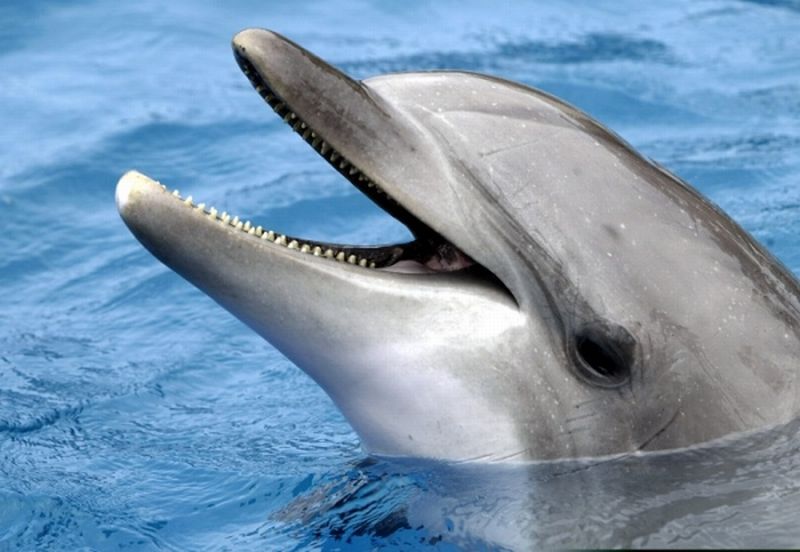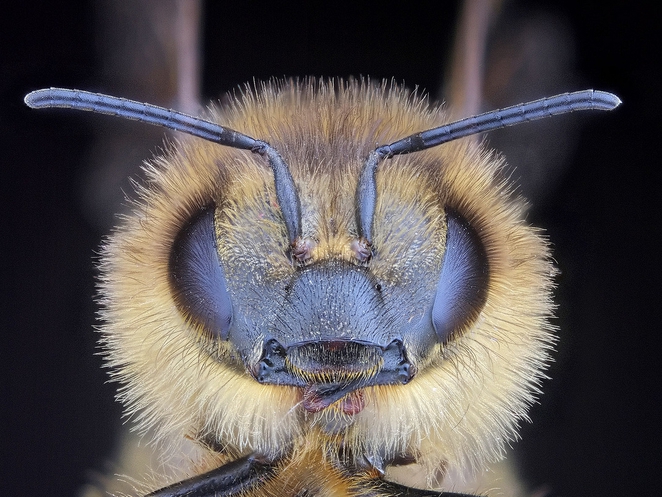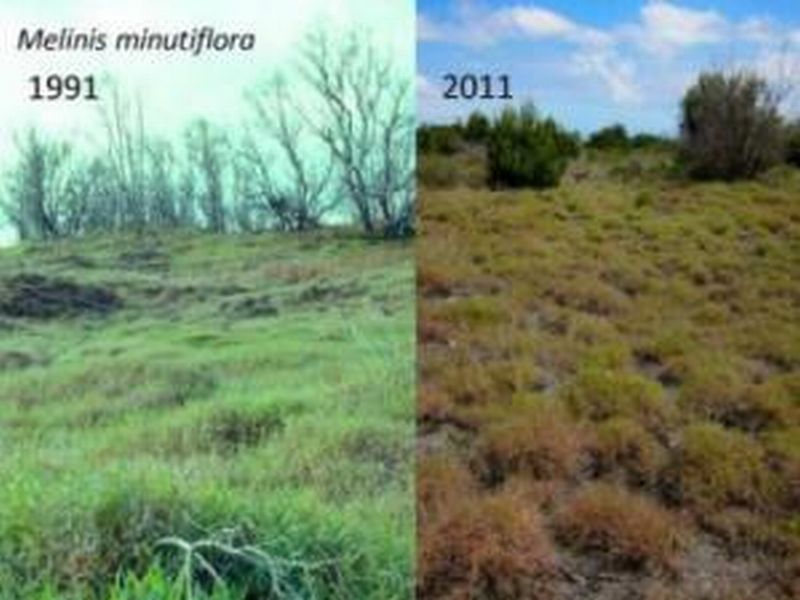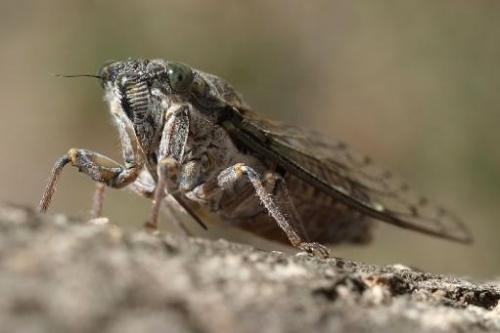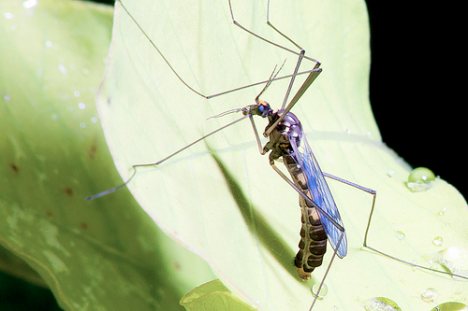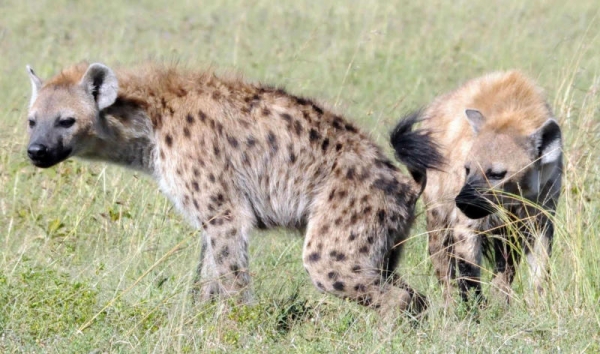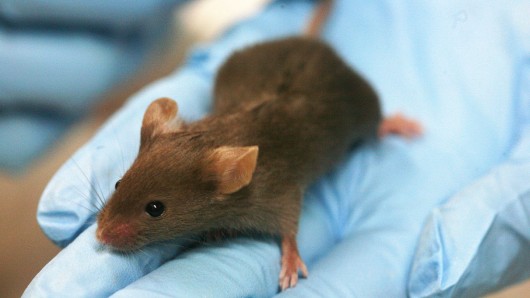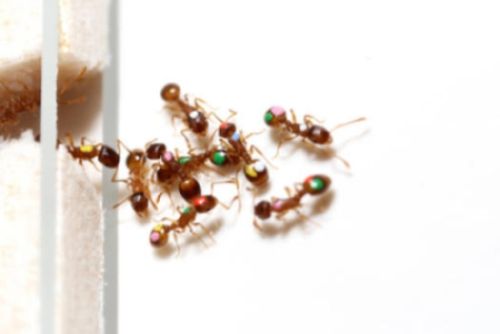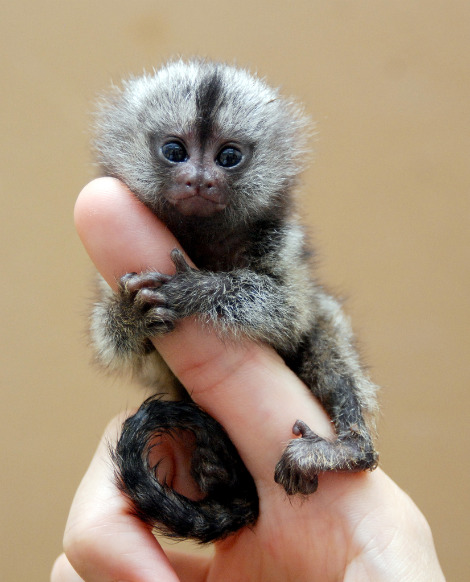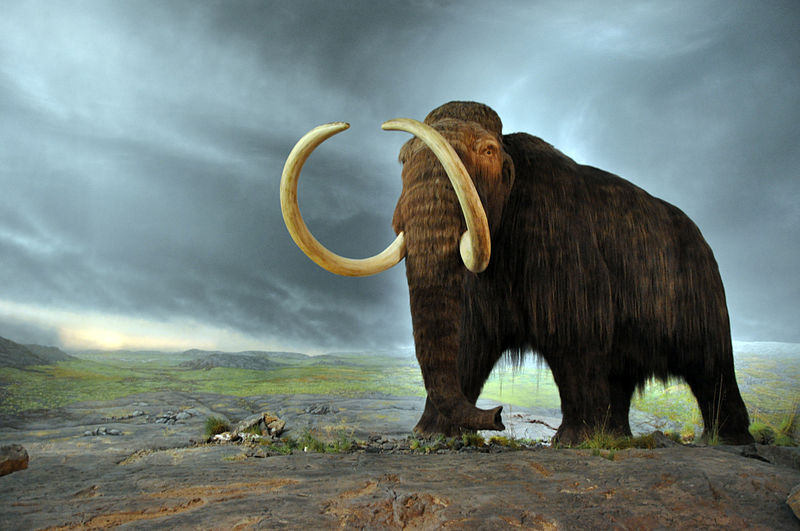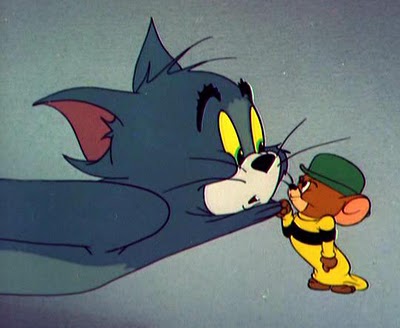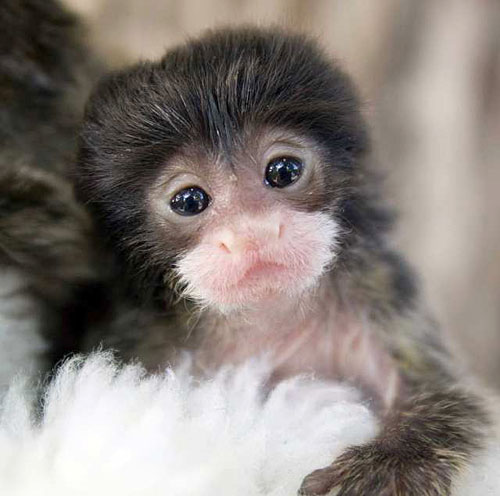“Cute” is a word usually associated with Koalas. However, these small sized bears have been recently discussed from an angle distant from that related to their scrumptious looks; one that uncovered the mystery of their deep voices. Koalas have always puzzled scientists with their low-pitched bellows, which are considered about 20 times lower than they should be considering their body sizes. This estimation was made considering that the size of the vocal cords of an animal determines the pitch of their voices. Accordingly, smaller-sized animals are known to produce higher-pitched…
Read MoreTag: ecology
Animals Can Perform Some Tasks Better Than Humans
We have already mentioned in some of our earlier posts that animals are superior relatively in certain terms. We are still trying to comprehend unique animal behavior and abilities like sophisticated communication in tiny marmoset monkeys or bacteria influenced smell based networking in hyenas. We are also fascinated about the way elephants communicate through seismic waves or echolocation in dolphins.
Read MoreDecline In Bee Population: A Rising Concern
It is well known fact that the most important work that a bee performs is to pollinate. Almost 80% of our flowering crops are dependent on these bees for their pollination process. That constitutes nearly 1/3 of human diet dependent on bees. Now we can imagine how dependent we are on bees for our survival on this planet. However, scientists have been recording an alarming decline in the bee population and have been named as Colony Collapse Disorder (CCD). In last six years approximately 10 million beehives has suffered from…
Read MoreInvasive Plants’ Impact Revisited
A longitudinal study conducted by researchers Carla D’Antonio and Stephanie Yelenik was carried over a period of two decades to study the impact of invasive plants, to be one of the few studies conducted over such a period of time in this field of research. D’Antonio of UC Santa Barbara University, worked with postdoctoral scholar Stephanie Yelenik to collect data on grass invaded fields over the time period between mid 1990s and 2012. Field sites chosen were in Hawaa Volcanoes National Park. Data obtained from this study revealed unique results…
Read MoreGerm Killing Nanopillars Found In Cicada Wings
We have all experienced the typical disinfectant liquid smell coming from hospitals or used in our homes to clean the floor or kitchen top which many of us don’t like in particular but is very essential in maintaining a germ free healthy life. Imagine how wonderful it would be, if we can lead a germ free life without using these disinfectants.
Read MoreGenetically Engineered Insects: The Risk Assessment
As reported in the journal “Ecology and Evolution” , researchers from the University of Minnesota are working on developing a new approach for studying effects of using genetically engineered (GE) insects. GE insects are aspired to be used for purposes of managing pests and insect-borne human diseases. Researchers including David Andow, Aaron David, Joe Kaser, Amy Morey and Alex Roth are working on designing a standardized ecological risk assessment (ERA) for using such an approach. “Our project is trying to get it a little bit further into a standardization —…
Read MoreMicrobes Help In Hyenas Communication
We have seen animals like dogs, cats and others squatting to mark their territorial borders and to pass other messages. Researchers have been trying to unravel the amount of messages these signs flash to other animals. A similar study lead by postdoctoral researcher Kevin Theis of Michigan State University, has revealed some important information about hyenas squatting also known as pasting. The study mainly focused on two species of hyenas namely the spotted hyenas and the striped hyenas.
Read MoreLin28a Gene Found Effective In Tissue Repair In Mouse
Whenever I see a salamander or a lizard it makes me think how wonderful it could have been if we had the same capacity to re-grow an amputated limb or any scar so effectively and so easily. In humans, tissue repair mechanism is most vigorous during the gestation period and this decline with the advancement of age. That is why infant tissues tend to heal faster than an older individual. Interdependence between the tissue and tender age is the matter to exploration. What is that in juveniles that help in…
Read MoreAnts Relying On Experience For Decision Making: A Study
We humans are not the only one who depends on past experiences for making competent decisions, ants too have been known living successfully on the same paradigm and they have been residing on earth for some 110-130 million years ago.
Read MoreChimpanzees Show Interest in Robota: A Study
Chimpanzees are our closed relatives in behavioral terms and as well as in appearance because we share 98.8 percent of the DNA pool. This striking similarity made the researchers inquisitive about how a chimpanzee would reciprocate to a robot. Robot fascinates humans, but the topic of research was whether the robot can lure chimpanzees’ interest too. Like humans do the chimpanzees understand that the robots are not living and do they attempt to communicate or make any bond with the bot? Researchers from the University of Portsmouth’s Centre for Comparative…
Read MoreMarmosets and the Etiquette of Conversation
Marmosets are small, squirrel-like primates found in South America. They are considered to be the most primitive species of monkeys as they lack the ability to even change their facial expressions (*1). However, Marmosets were recently found to have a new skill that makes them more special than most animals. While different animals are known to call onto each other for purposes of mating or territorial defense, Marmosets have taken it to a new level of actual conversing. This discovery moves marmosets from being cute animals, to being courteous and…
Read MoreBringing the Woolly Mammoth Back to Life
Having the Asian Elephant as a close relative, the long extinct woolly mammoth now has hope to come back to life. Scientists are studying the possibility of having hybrid animals give birth to an animal that resembles the woolly mammoth. Although it might sound like a remotely possible science fiction movie, the actual theoretical basis for the work is there. The first step in the process is creating the genetic map of the woolly mammoth (i.e., genome mapping). Reportedly, work in this area has already taken place, as researchers have…
Read MoreGenetic Engineering to Fight Loss of Animal Species
As increasingly more species in the animal kingdom are haunted by the ghost of extinction, scientists are researching on some pretty drastic interventions to reserve threatened life. After its successful use on plants, facilitated adaptation through genetic engineering is considered as a practical option for now. In a recent article of mine, A Spotlight on Evolution, I shed light on environmental changes causing Bonbos to move and get redistributed into new places due to anthropogenic environmental changes, which significantly affected their behavior. New research is now focusing on moving genes…
Read MoreA New Scenario to the Cat Mouse Age Old War
If you ever happen to see a tiny mouse walking by a vicious street cat acting all confident and fearless, keep in mind that this mouse may not be genuinely courageous, but instead, is most probably infected with a parasite. New findings suggest that a Toxoplasma gondii parasitic infection in mice could make them permanently fearless of cats. Toxoplasma gondii is an obligate, intracellular, parasitic protozoan that causes the disease toxoplasmosis. Toxoplasma gondii is capable of infecting virtually all warm blodded animals.
Read MoreAnimals’ Communication: Few More Secrets Revaled
A better understanding of the world of animals means a better understanding of the smartest mammals found so far- Humans. Recent research force has been focused on understanding animals’ means of communication amongst themselves. In one study, Scientists Rachel Morrison and Dianna Reiss of the City University of New York found that the cotton-top tamarins (Saguinus oedipus) are able to whisper to members of their own species when approached by what they may consider as possible predators. It was discovered that these cute small-sized monkeys tend to use “low amplitude signaling”…
Read More

